Beauty, uniqueness and diversity are some of the features that best define Madidi, the most biodiverse protected area in the world. With less than 0.0037% of the planet's surface, it represents 3% of the world's plants, 3.75% of vertebrates and almost 10% of birds. In fact, Madidi concentrates the highest percentage of existing plants and animals in Bolivia: 40% of the flora and 50% of the vertebrates, with a very high number of bird species, about 71%.
What explains such an impressive diversity? It is an area with a great topographic, climatic and altitudinal variety (from 180 to 6,000 meters above sea level), which has resulted in a spectacular diversity of habitats and species of plants and animals.
Madidi is vital for the conservation of populations of numerous wildlife species (at least 1,830 vertebrates), several of which are threatened at the continental level, such as the Andean deer, the Andean bear, the jaguar, the freshwater otter, the whoolly monkey, the marsh deer, the maned wolf, the condor, the harpy eagle, the black caiman, and the land and freshwater turtles. It is also home to a great variety of small species, including butterflies, dragonflies, bees, ants, beetles, grasshoppers and spiders, of which very little is known.
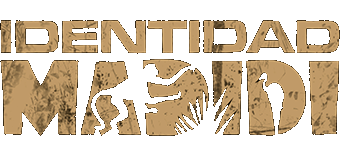

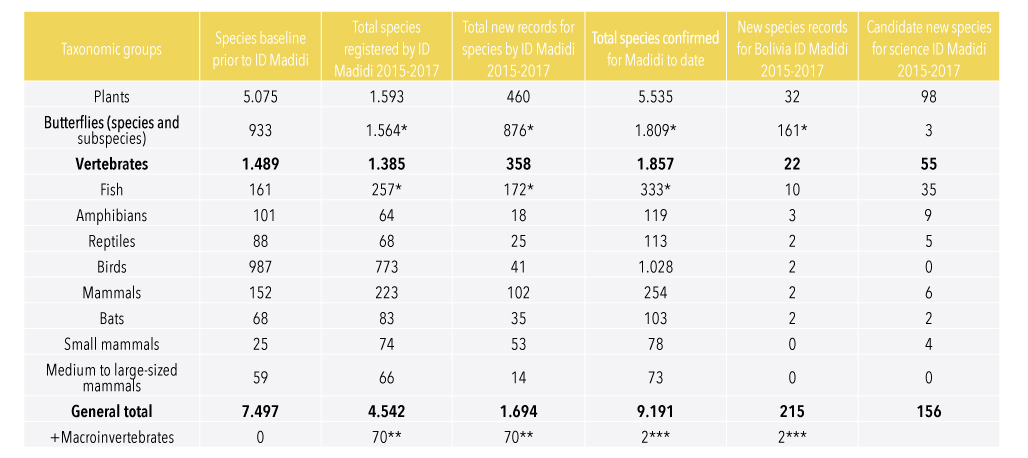
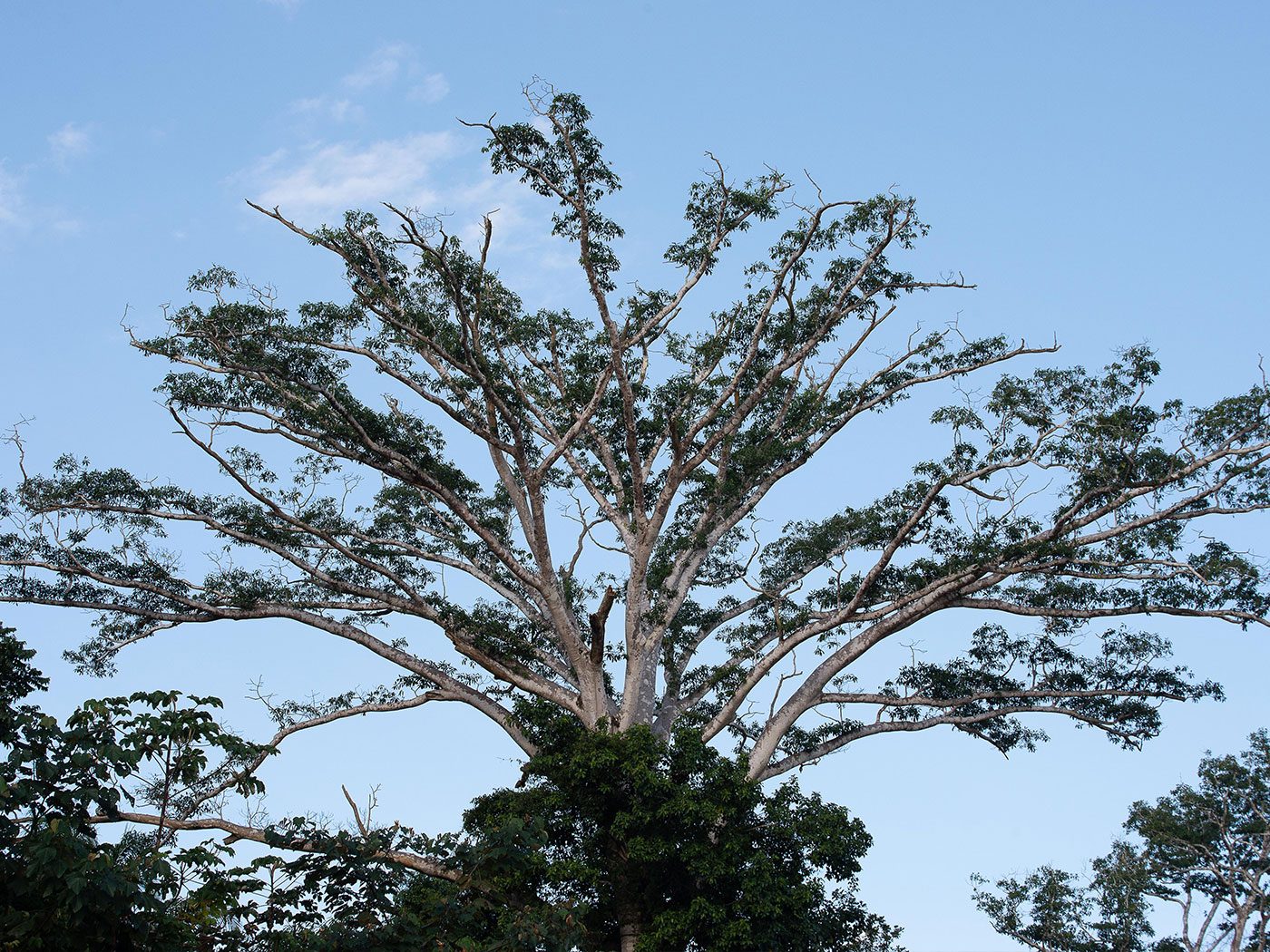




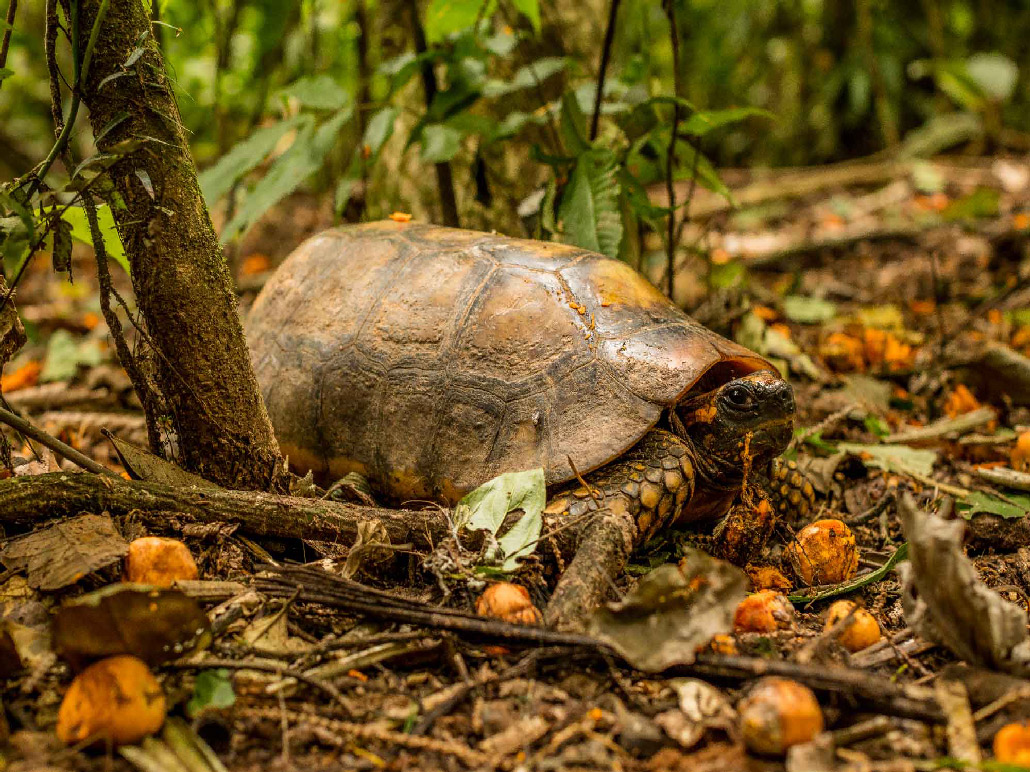
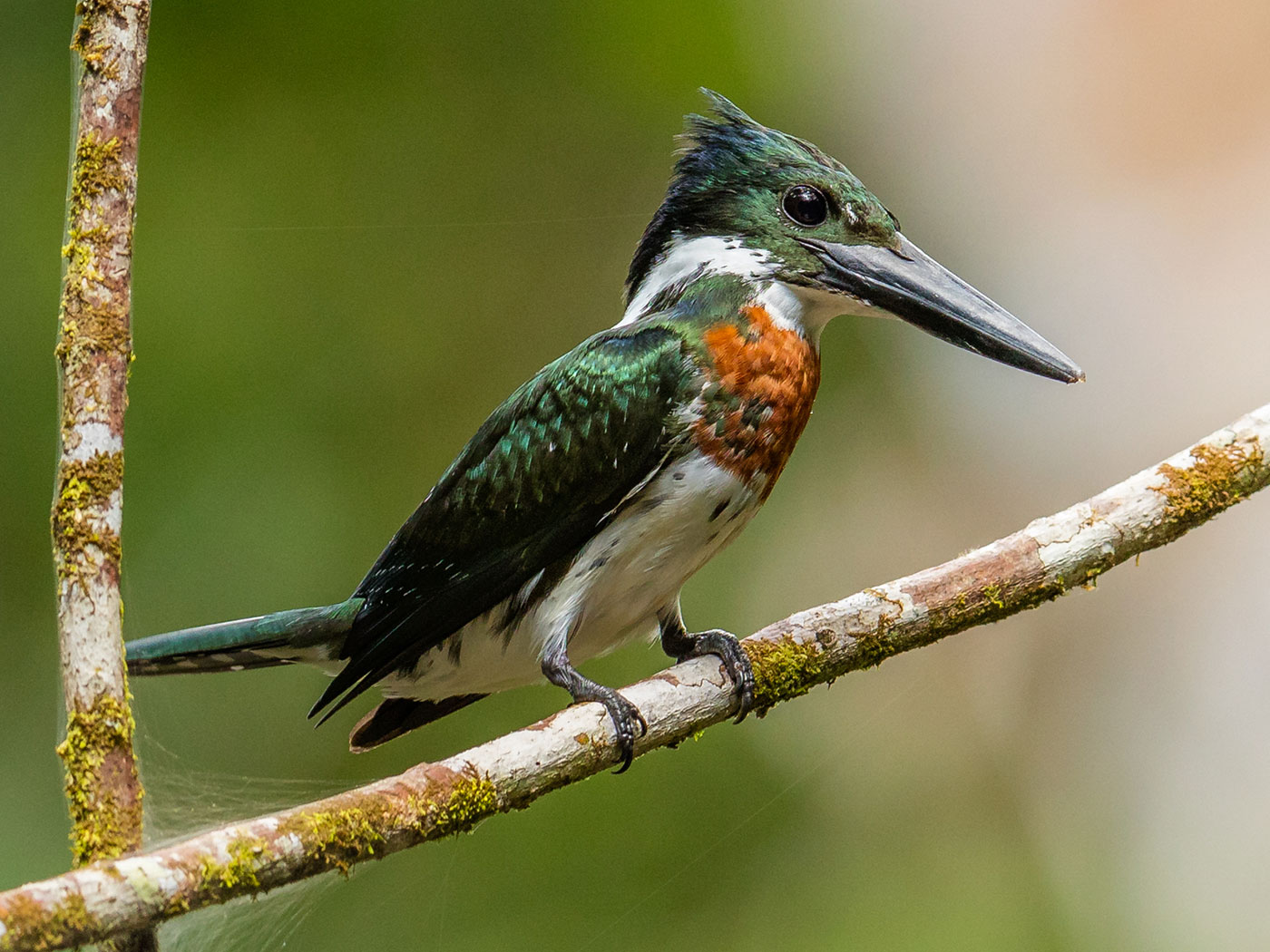


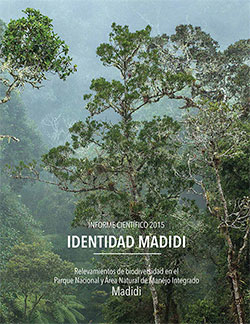
 Facebook
Facebook Instagram
Instagram YouTube
YouTube